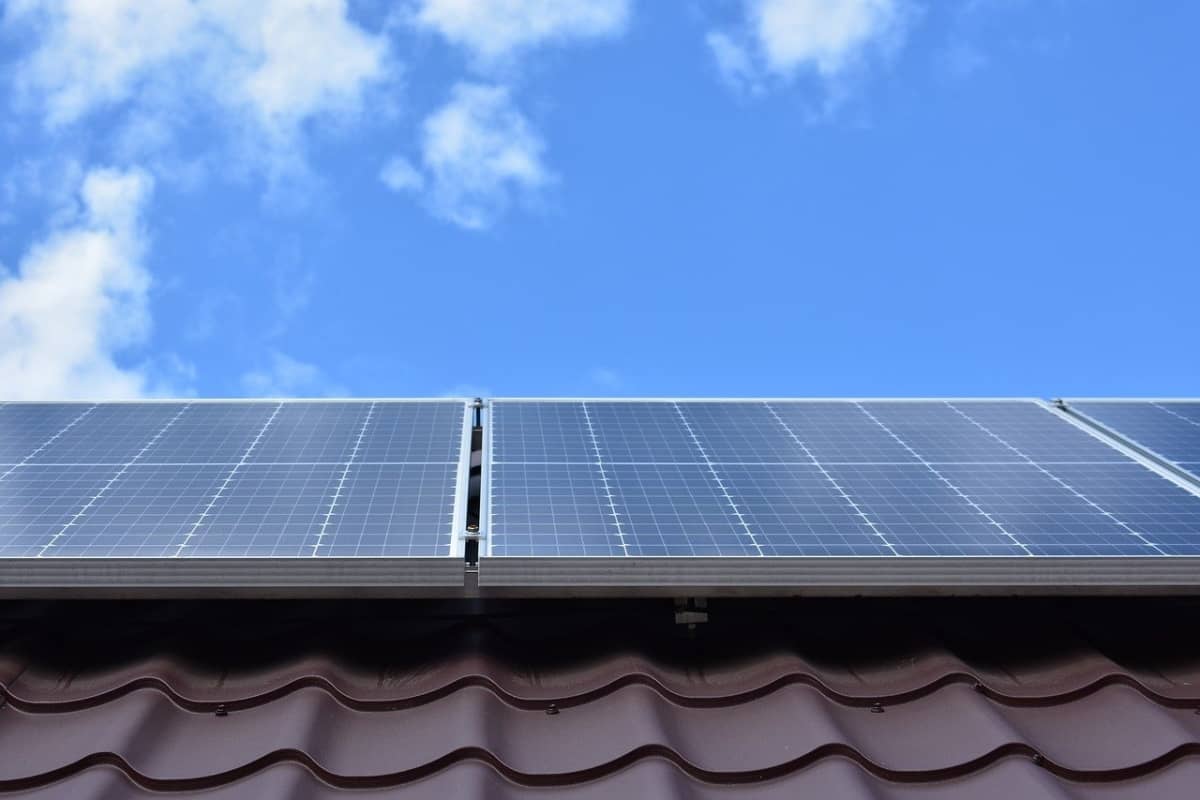If you’re using solar panels, learning how to store solar energy is important. However, there are a couple of ways to do this. To help you better understand which way is best for you, here is what you need to know about the two primary solar storage methods.
Solar Batteries
The first way you can store additional solar energy is by utilizing solar batteries. Solar batteries are perfect for both off-grid living and for residential homes looking to make the most of their solar-generated power. Batteries like this can help provide a greater level of energy independence and security from power outages that might affect the local grid.
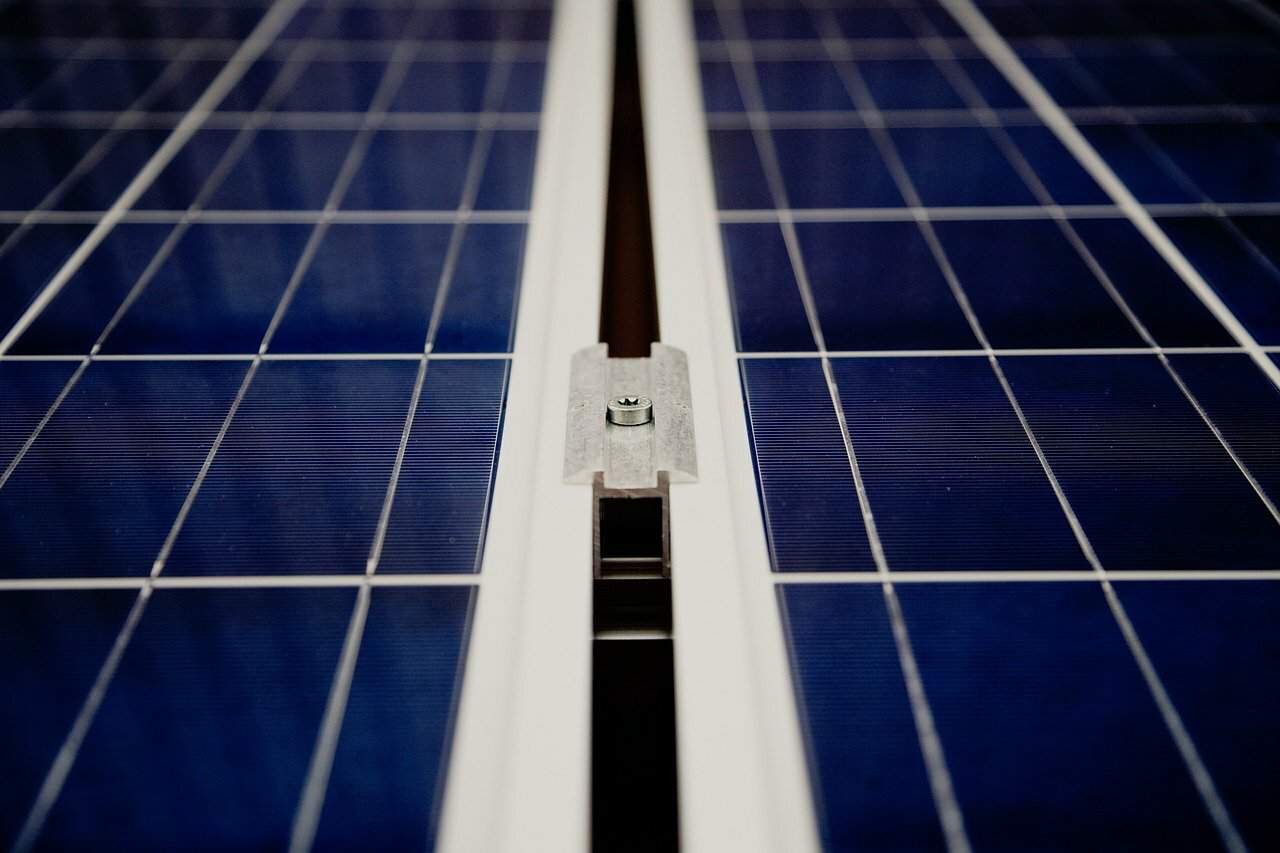
What Are Solar Batteries
To understand how batteries work, let’s start with a quick refresher on how a solar panel system is set to work. To start, most solar panels are ‘grid-tied’, meaning that you have the option to export excess generated energy to your local grid. We’ll talk more about the benefits of net metering later, but, essentially, it allows you to draw extra power if you need it. This allows your meter to run back when you’re producing more than you need.
With solar batteries, instead of feeding this excess energy into the grid, you store it for later use when you need it most. You can use your batteries in tandem with a grid-tied system, giving you the ability to lower your dependence on the grid without forgoing it as a safety net.
Solar batteries work by storing excess energy for later use, instead of allowing it to be fed into your local grid. This allows you to access it for personal use when you need it most.
Solar batteries are usually set up to only provide power to a specific part of your home unless you use a smart electrical panel. Panels like that can allow you to get the most out of your storage system by offering customizable control. With or without a panel, you can still ‘stack’ multiple batteries to expand your storage capacity to better suit your needs. This can allow you to create a storage solution that is large enough to power your whole house. However, it’s important to keep in mind that this may not be the most feasible for larger homes.
What Are The Benefits of Solar Batteries?
Solar batteries can have many benefits. A few of the most significant include:
- Energy Security: By allowing you to store excess power from your solar panels, solar batteries give you the ability to be more independent from your local grid. This means that you can still have access to power in the event of a power outage.
- Reducing Your Carbon Footprint: Solar batteries can also help lower your home’s carbon footprint by getting you closer to self-sufficiency. This can be essential for homeowners with questions about eco-friendly solutions and pollution.
- Reduced Electric Costs: By being able to store your own energy, you can further lower the cost of your electric bills. You can even put this extra money towards expanding your storage capacity for further independence.
- No Noise Pollution: As opposed to noisy and polluting generators, in the event of a power outage, solar batteries are completely silent and 100% green.
- Making the Most of Your Solar Panels: Solar batteries allow you to get the most out of your solar panels. They do this by allowing you to use and store any of the excess power they generate on sunny days.
Save money on your monthly electricity bills with an affordable solar power system from ONIT Home. Sign up for a free quote to learn more about your options.
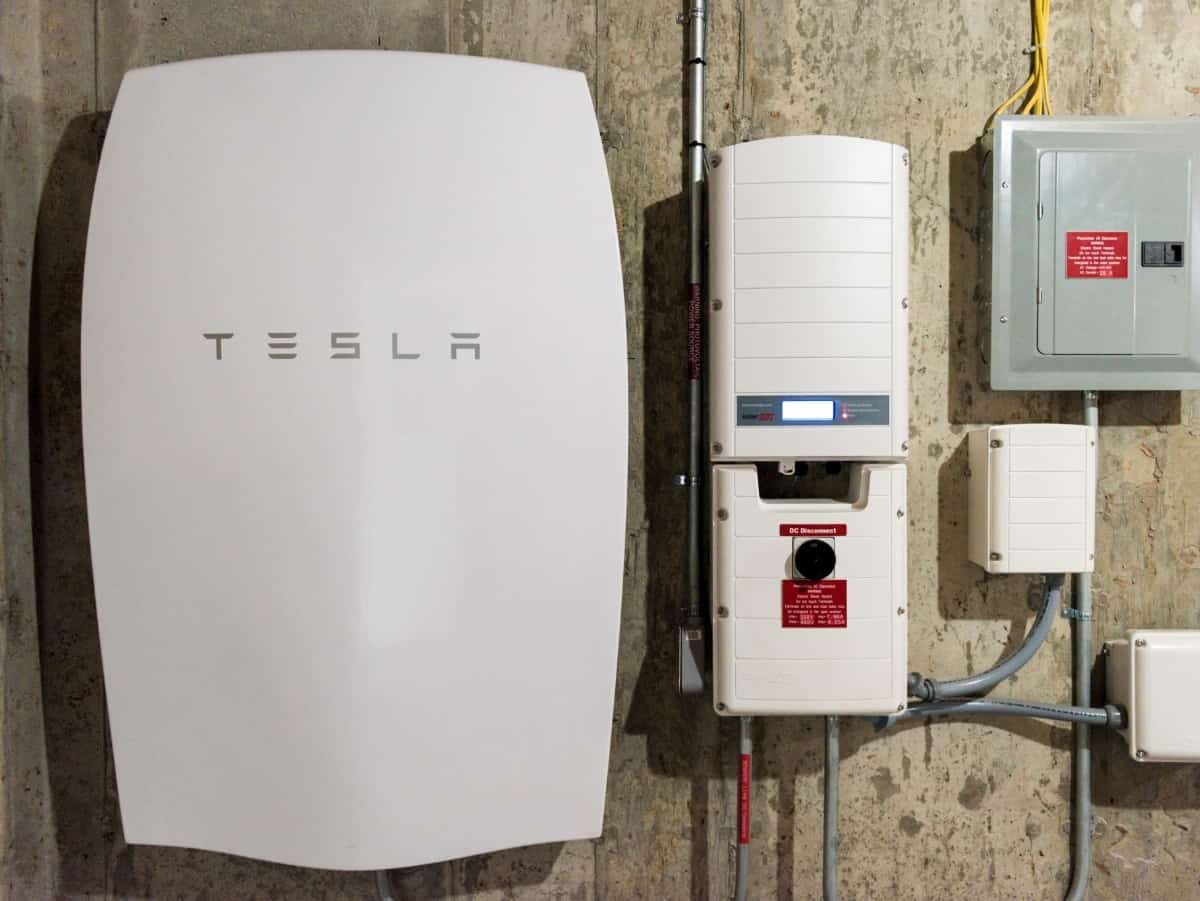
What Are the Best Solar Batteries To Invest In?
With deciding which battery is best for you, there are a lot of options.
Tesla Powerwall
If the word “Tesla” only makes you think of Elon Musk, think again. The electric company’s Powerwall deserves recognition as they’re excellent at storing your clean energy away for later use. The Tesla Powerwall is the company’s whole-home rechargeable battery system. Some may like the Powerwall for its advanced technology that learns and makes adjustments based on your personal energy use. Others may like it because it reduces their reliance on the grid. Either way, these batteries are powerful.
The system has a 13.5 kWh usable capacity and can provide up to 5 kW of continuous power during a grid outage. That’s enough energy to power most of your appliances, however, you should sparingly use your larger appliances in an outage. For whole-home backup, it’s recommended you install 2 Powerwall systems at home. Other stats include a 7kW peak power rating, and a 7 kW continuous power rating for an on-grid system with access to sunlight and 5kW with no sunlight. For off-grid systems, the Powerwall provides a 9.6 kW continuous power rating with sunlight and 7 kW with no sun.
The system is stackable, making it easy to increase energy capacity. And in true Tesla fashion, you can control your lithium-ion battery all from the company’s smartphone app. Right now, the backup battery system from Tesla costs around $10,500.
BYD Premium
The BYD Premium currently ranks as one of the best mid-sized batteries, capable of supplying up to 10kWh. BYD also provides numerous variants on its premium line, with both high voltage and low voltage options to choose from.
Redback Smart Hybrid
Similarly, Redback Smart Hybrid batteries are considered some of the best all-in-one options, capable of supplying up to 11.8kWh. This battery can be an excellent solution for homes with up to four bedrooms, and it can power most everyday appliances.
Most solar batteries have lifespans anywhere between 10 and 15 years, and it’s important to ask your battery supplier beforehand when you can expect to need a replacement.
LG Chem Resu 10H
The LG Chem Resu is another sleek and futuristic backup battery option for storing away clean energy for a rainy day. This lithium-ion battery has a maximum power rating of 5 kW, while its usable capacity sits at 9.3 kWh and surge capacity/peak power is 7 kW. The total energy of this system is 9.8 kWh. This is efficient for powering most of your home’s critical appliances.
For even more power and storage, add LG RESU batteries to your system. This solar battery is also stackable, making it easier to collect additional energy with more batteries. Similar to the Tesla Powerwall, you can control your battery and energy usage with a smartphone application.
LG offers a 10-year warranty and professional installation. Currently, the average cost of this system is between $9,500 and $13,000.
Have power when you need it. Enjoy the benefits of continuous energy with a solar power system. Visit us online at ONIT Home to get started today.
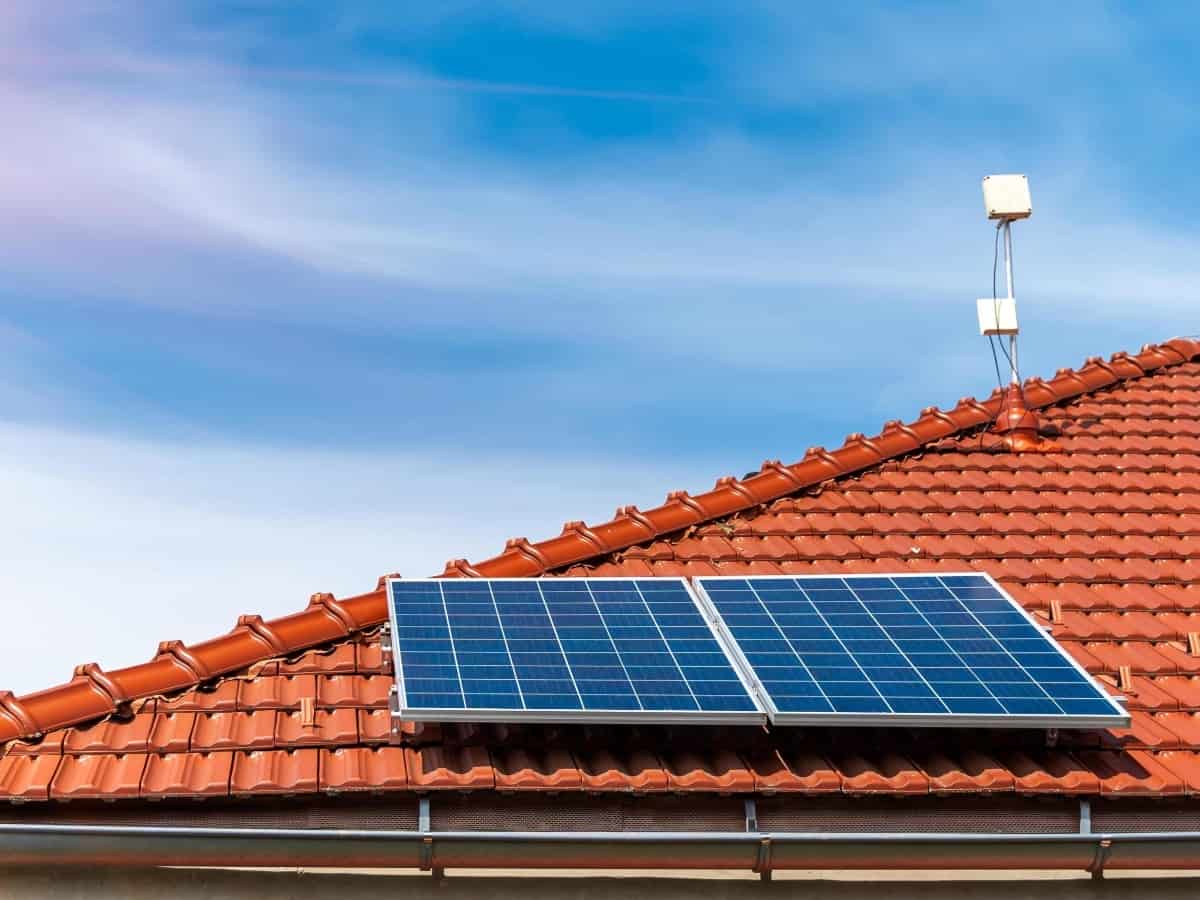
Solar Batteries or Net Metering?
As we mentioned above, net metering is another option that solar panel owners have for their excess energy. Because most solar systems are grid-tied, this is often one of the most common ways homeowners deal with the excess.
Only three states, Alabama, South Dakota, and Tennessee, offer no net metering or compensation for it. In 34 states, homeowners can take advantage of credits for their extra energy when it transfers to the grid. The DSIRE database has all the details on these credits based on your specific region.
If your state allows net metering, here is what you need to know.
What is Net Metering?
Net metering is a way of sending excess energy into your local electrical grid when your panels produce more than you’re using. When your home requires more energy than you have, you can then draw what you need from the grid to compensate for the difference. If you are receiving credits for your excess energy, the cost of the energy that you pull from the grid can reduce significantly. Compensation usually comes as monthly or yearly payments where the energy company reimburses you if you put in more than you took out.
To put this into an easier perspective, consider that your solar panels will produce more electricity in the summer months than in the winter. Because this is a predictable fluctuation, many utility companies won’t bill you during those months and instead, you will accrue credits. Your utility company will calculate these credits on the number of kilowatt-hours your solar panel system fed into the grid. Essentially, this allows you to subtract the amount that you put in from your electricity costs when you’re drawing from the grid.
What Are The Benefits of Net Metering?
Like solar batteries, net metering has benefits that homeowners should consider.
- Lowered Energy Bills: Net metering can help cut the cost of your electricity bills and, with the right solar configuration, you could end up gaining more credits than you use.
- Helping Your Community: Because the power you generate goes to your local grid, your neighbors can benefit from your green energy. If more people invest in solar, this can significantly reduce the dependence on non-renewable energy generation.
- No Additional Set Up: Because most solar panels are grid-tied, homeowners don’t have to worry about additional installation as they would with batteries.
You can also use net metering in conjunction with solar batteries, allowing you to reap both sets of benefits. If you choose to charge batteries to capacity and export the rest to the grid, your home, and your neighbors can all profit.
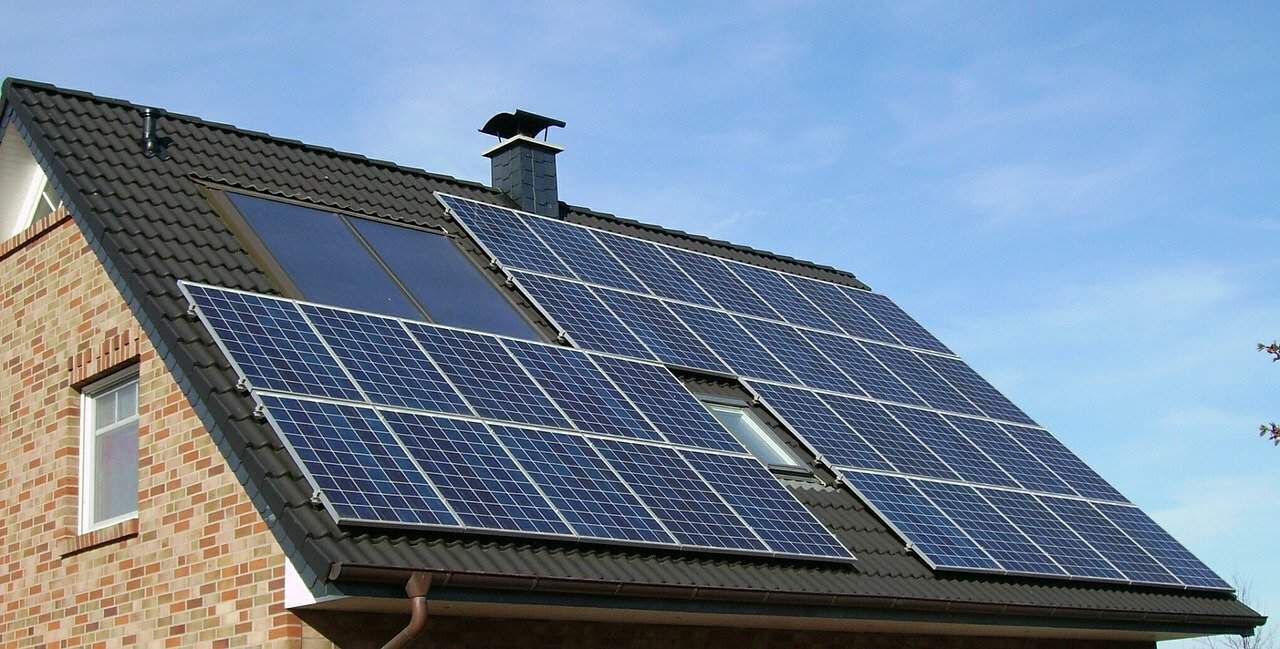
Which Option Is Right For You?
Choosing how to store solar energy will depend on a few factors. Maybe you live in a state that doesn’t offer net metering credits. In that case, batteries may be the best way to make the most of your solar energy. However, if your state offers compensation for energy, it’s worth considering how it can benefit you.
Even if you choose to add solar batteries later, taking advantage of net metering now can help cut the cost of electricity in your home. This can give you more freedom to invest in other energy solutions in the future.
Additionally, you should consider what your goal for your solar panels is. If you are looking to become as self-sufficient as possible, investing in batteries can help you achieve this goal. If you live in a sunny area, this could be a realistic way to power your home. For example, areas like the Pacific Northwest receive a lot of rain. They may need the grid to compensate for longer periods of cloudiness.



